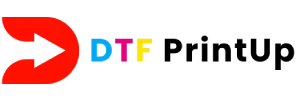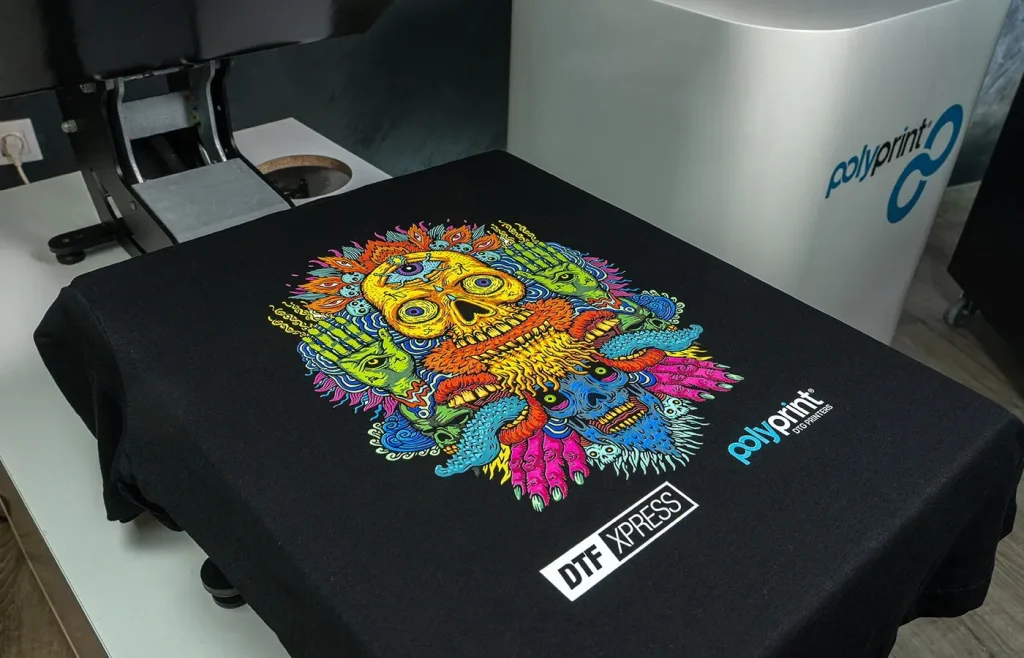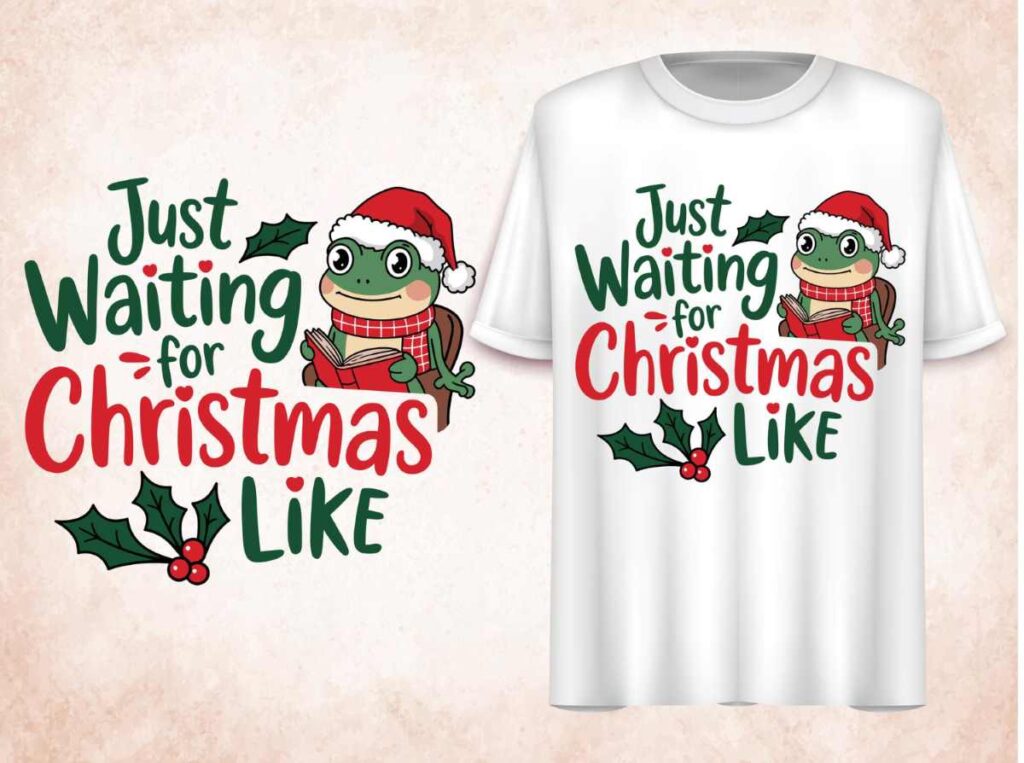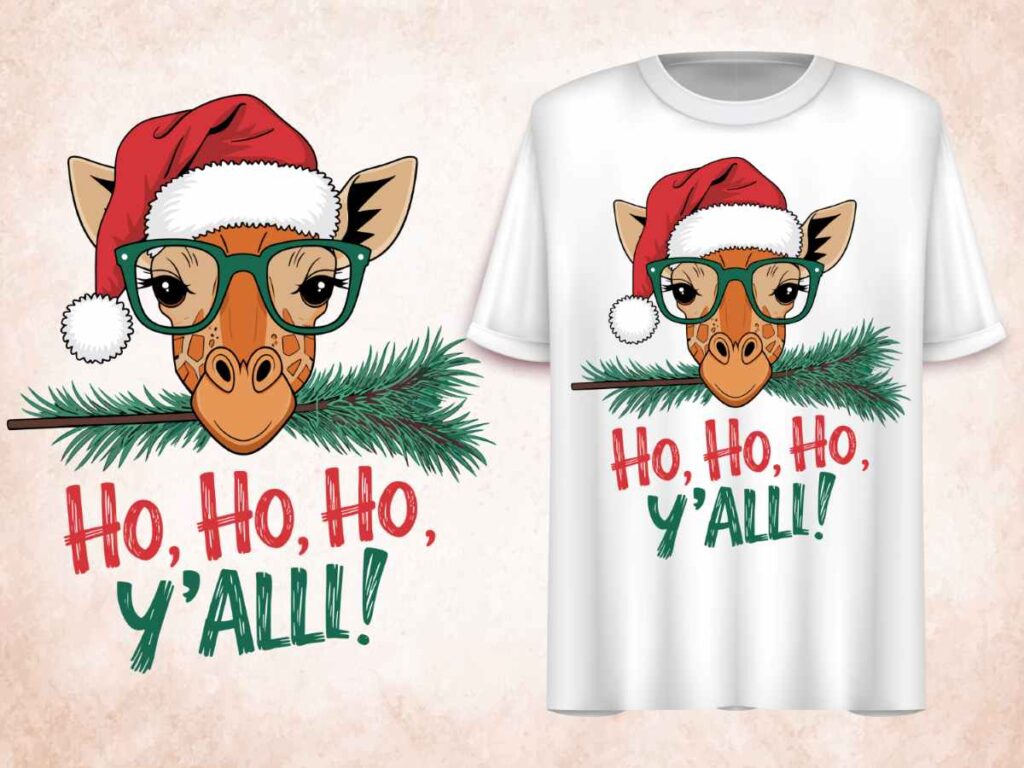DTF printing, or Direct-to-Film printing, is rapidly gaining traction in the textile printing industry for its remarkable versatility and quality. This innovative method allows designers to transfer vibrant, detailed prints onto a variety of fabrics, bridging the gap between traditional screen printing and modern techniques. By utilizing a special film, DTF printing enhances production speed while ensuring exceptional results, making it a game-changer for custom orders and smaller runs. In this article, we will delve into a comprehensive comparison of DTF printing with other printing approaches, such as Direct-to-Garment (DTG) printing and heat transfer vinyl (HTV), to help you navigate the complexities of printing methods. Whether you’re a seasoned professional or a novice in the field, understanding the nuances of these textile printing options can significantly impact your project outcomes.
Direct-to-Film (DTF) printing is an advanced textile printing technique that excels in producing high-quality prints on various fabric types. Often viewed as a modern alternative to methods like screen printing and DTG printing, DTF uses a special film transfer process that allows for intricate designs and vibrant colors. This technique stands out in the world of printing methods comparison by offering quick setup and efficient production, making it particularly appealing for those pursuing custom projects. Moreover, its compatibility with diverse materials echoes the adaptation found in heat transfer vinyl applications, ensuring its relevance in today’s textile landscape. As we explore the features and benefits of DTF printing, you’ll discover how it opens new doors for creative expression in fabric design.
Understanding the Basics of DTF Printing
Direct-to-Film (DTF) printing is a revolutionary method in the textile printing landscape. It allows for intricate designs to be printed onto a specialized film that can transfer high-quality graphics onto fabrics using heat and adhesive. This technique stands out because it can be applied to a broad range of materials, ensuring that whether you are dealing with cotton, polyester, or blended fabrics, DTF can deliver the exquisite detail needed for high-impact designs.
The process itself begins with creating a digital design, which is then printed onto a film using specific inks. Once the print is dry, it is covered with an adhesive powder that is melted using heat, fusing the design onto the garment during the transfer phase. This method is gaining attention for its ability to produce vibrant colors and high detail, making it favorable in areas like custom apparel and promotional items.
Comparing DTF Printing with Screen Printing
Screen printing is one of the oldest and most reliable techniques in the printing industry. It involves pushing ink through a mesh screen onto the fabric, allowing for excellent color saturation and durability for large runs. However, if you need designs with a lot of detail or color variations, DTF printing generally provides a smoother transition between colors and intricate patterns, which can be challenging with screen printing.
While screen printing can be cost-effective for bulk orders, DTF printing shines with its quicker setup times and ability to handle short runs without compromising quality. As a result, many businesses are turning to DTF for their smaller, more customizable projects, finding that the flexibility and efficiency far outweigh the traditional advantages of screen printing.
Frequently Asked Questions
What are the key benefits of using DTF printing for textile projects?
DTF printing offers numerous advantages, including versatility in material compatibility, exceptional quality and detail in prints, quicker setup and production times, cost-effectiveness for small runs, and excellent durability of prints. These benefits make DTF printing a fantastic option for various textile projects.
How does DTF printing compare to screen printing in terms of quality and cost?
DTF printing typically provides higher resolution and vibrant colors compared to screen printing, especially for intricate designs. While screen printing is more cost-effective for large volumes, DTF printing is generally more economical for smaller runs due to lower setup costs.
Can DTF printing be used on dark fabrics, and how does it perform compared to DTG printing?
Yes, DTF printing can effectively be used on dark fabrics without the need for an underbase, making it more versatile than DTG printing, which requires white underbases for optimal results on dark garments. This gives DTF a significant advantage in versatility and application.
What is the main difference between DTF printing and heat transfer vinyl (HTV) printing?
The principal difference lies in materials and print feel. DTF printing produces softer prints with more detail and vibrancy than HTV, which often results in a stiffer feel due to the vinyl material. DTF is also more suitable for complex designs compared to HTV.
Is DTF printing suitable for small batch production or custom orders?
Yes, DTF printing is particularly suitable for small batch production and custom orders due to its quick setup process and flexibility. This allows for efficient transitions between designs, making it an ideal choice for personalized projects.
What factors should I consider when choosing between DTF printing and other textile printing methods?
When choosing a printing method, consider factors such as the volume of your project, budget constraints, material compatibility, and the desired print quality. DTF printing excels in versatile applications and high-quality outputs, ideal for small to medium runs, while traditional methods may be better for larger volumes.
| Factor | DTF Printing | Screen Printing | DTG Printing | HTV Printing |
|---|---|---|---|---|
| Material Compatibility | Wide array of fabrics including cotton and polyester. | Best for high-volume production; limited fabric compatibility. | Directly prints on garments; struggles with dark fabrics. | Uses pre-cut vinyl, limited to selected materials. |
| Print Quality | High-resolution prints with vibrant colors; great for intricate designs. | Excellent color vibrancy and durability for simpler designs. | Good quality but requires white underbase for dark fabrics. | Can lack the softness and durability of DTF prints. |
| Setup and Production Time | Quick setup allows for fast production; ideal for small batches. | Longer setup times, better for larger runs. | Similar to DTF in speed but can struggle with design complexity. | Best for short runs and personalized designs; slower setup than DTF. |
| Cost-Effectiveness | More economical for smaller runs; lower overhead. | Higher costs for smaller runs; better for large volumes. | Good for quality prints, but not cost-effective for all. | Cost-effective for short runs, but pricier for larger jobs. |
| Durability | Good wash durability, soft feel after washing. | Very durable for long-term use. | Can be less durable especially on dark fabrics. | May feel stiff and lacks durability compared to DTF. |
Summary
DTF printing stands out in the textile printing industry for its exceptional versatility and quality. It enables high-resolution designs on various fabrics, ensuring vibrant colors and intricate details. With its fast production speed and cost-effectiveness for smaller runs, DTF printing has become a go-to choice for many creators. Understanding these advantages allows businesses and individuals to choose the most suitable printing method for their unique projects, balancing factors of quality, budget, and efficiency.



